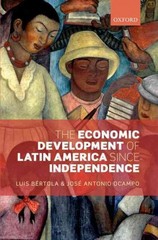Question
When I was your age, I spent a semester in Europe. In January 1989, just after the Berlin wall fell, some friends and I traveled
When I was your age, I spent a semester in Europe. In January 1989, just after the Berlin wall fell, some friends and I traveled to Prague. We observed that prices seemed low (e.g., a liter of draft beer for well under a dollar). Prepared food was difficult to come by, e.g., long lines formed at the few hot dog stands open. Restaurants often took only one "sitting": they would fill their tables and then accept no more customers. One friend inadvertently devised a way for us to get restaurant meals. When the bill came, he included a hefty tip for the waiter (he said: "the prices are so low, we might as well help the waiter!"). The next day as we passed by that same restaurant, the same waiter communicated to us that we should be there at 6 that night. He had a table ready for us; we kept going back until we left. a) Does it seem like there was a binding price ceiling or price floor on restaurant food in Prague? b) If prices were not clearing the market, how was it clearing? c) In a way, the market worked out for us. Discuss three ways in which the market was not working. [Hints: look at Figure 8.5 in the textbook. Were we the buyers with the highest willingness to pay? Or look at Figure 8.5. Who was capturing the value of wasted time? As your book says, a price is "a signal wrapped up in an incentive." Who was getting the wrong signals?]
Step by Step Solution
There are 3 Steps involved in it
Step: 1

Get Instant Access to Expert-Tailored Solutions
See step-by-step solutions with expert insights and AI powered tools for academic success
Step: 2

Step: 3

Ace Your Homework with AI
Get the answers you need in no time with our AI-driven, step-by-step assistance
Get Started


